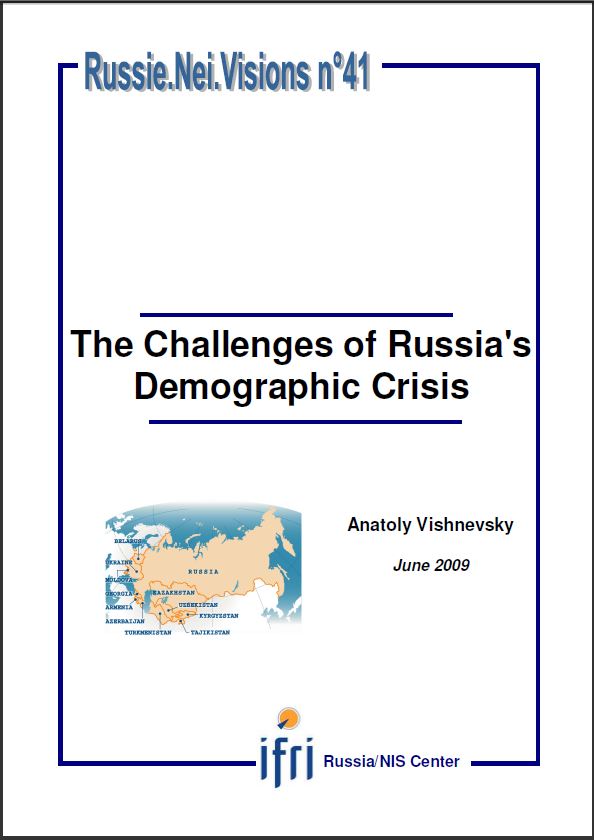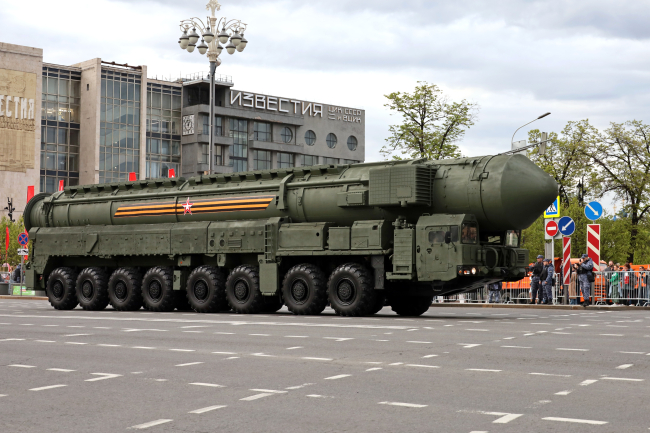The Challenges of Russia's Demographic Crisis

Russia is facing demographic challenges that are common to all developed countries, but significantly aggravated by a range of historic circumstances that have become highly unfavorable over the course of many demographic processes. Among the main challenges are very high mortality, very low fertility and, as a result, the continued negative natural increase and overall population decline in the country. Now, these challenges are exacerbated by new ones, connected with a worsening age balance, the decrease in working-age population and the growth of dependency ratio, especially as a consequence of an ageing population.
Even if an active and effective demographic and migration policy were to be implemented in Russia, it would be impossible to reach the fundamental turning point in the demographic situation-stabilization and growth in Russia's population-in the near future. For this reason, a sound policy should involve striving for change in areas that can, in principle, be changed (decrease in mortality, some growth in fertility, attraction and integration of a reasonable number of migrants), and, at the same time, adapting economic and social institutions to those elements of the new demographic reality that cannot be changed (decrease in population, ageing population, etc.).
Download the full analysis
This page contains only a summary of our work. If you would like to have access to all the information from our research on the subject, you can download the full version in PDF format.
The Challenges of Russia's Demographic Crisis
Related centers and programs
Discover our other research centers and programsFind out more
Discover all our analysesRussia's Asia Strategy: Bolstering the Eagle's Eastern Wing
Among Russia’s strategic priorities, Asia traditionally played a secondary role compared to the West. In the mid-1990s, then Foreign Minister Yevgeny Primakov initiated a rapprochement with China and India. Then, in 2014, deteriorating relations between Russia and the West prompted Moscow to begin its “great pivot to the East”.
Kazakhstan After the Double Shock of 2022: Political, Economic and Military Consequences
The year 2022 represented a dual shock for Kazakhstan. In January, the country faced its most severe political crisis since independence, followed in February by Russia’s full-scale invasion of Ukraine, which cast uncertainty over the borders of post-Soviet states. These consecutive crises profoundly shaped Kazakhstan’s domestic and foreign policy.

How the Russian Army Changed its Concept of War, 1993-2022
The traditional and high-intensity war that has occurred in Ukraine since Russia decided to invade raises a key issue: did post-soviet Russian strategic thought really prepare Russia for waging this war?
Russia's Nuclear Deterrence Put to the Test by the War in Ukraine
From the outset of its “special military operation” (SVO) against Ukraine on February 24, 2022, Russia, which possesses one of the world’s largest nuclear arsenals, has adopted aggressive deterrence measures and a resolutely menacing rhetorical stance.









